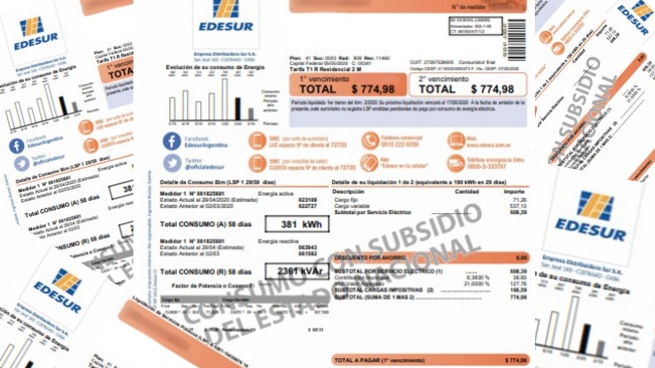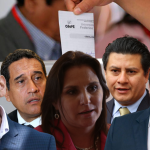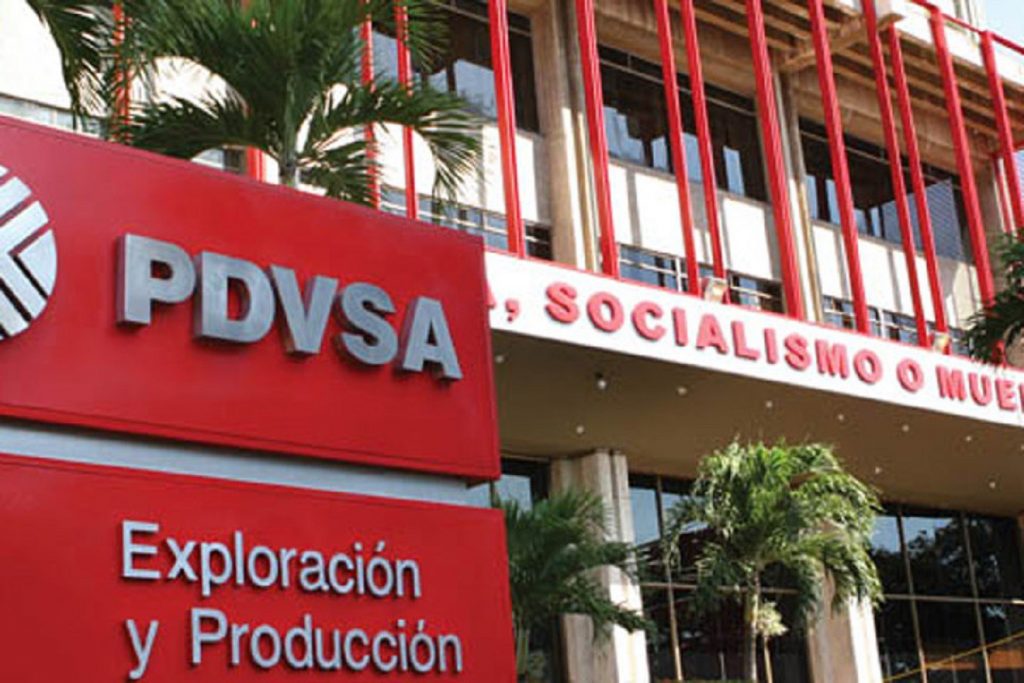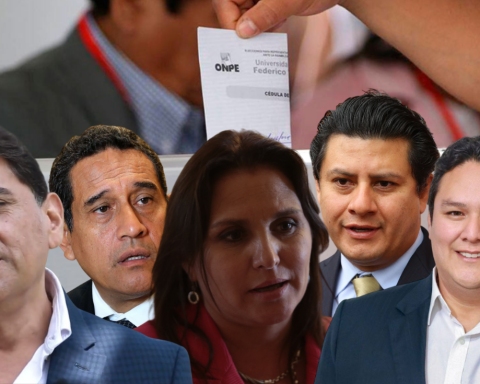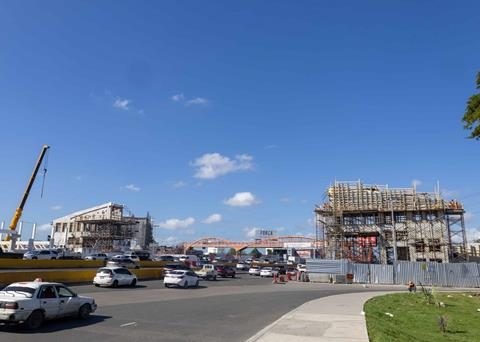Users with National Identity Documents (DNI) ending in 0,1 and 2 have until this Tuesday to register in the Registry of Access to Energy Subsidies (RASE) to continue accessing subsidies in gas and electricity rates .
The RASE, which began to be operational on Friday, July 15, will be open from Wednesday 20 and Friday 22 July for documents ending in 3, 4 or 5.
While, From the 23rd to the 26th of July it will be the turn for users with DNI ending in 6, 7, 8 and 9.
The registration period will be extended until the end of the month for those who have not been able to complete the formuntil the moment of its formal implementation from August 1st.
During the week, the Energy authorities will also advance in negotiations with provinces and municipalities for the signing of agreements to speed up the implementation of the segmentation.
In this way, it is hoped to facilitate the crossing, particularly of those sectors that are part of the social assistance programs of each province and municipality, to ensure that they will maintain the highest level of subsidy provided by the State.
Camesa’s word
The Vice President of the Administrative Company of the Wholesale Electricity Market (Cammesa), Santiago Yanotti, assured that next September the first removal of subsidies to the tariffs of electricity and gas services will be effective, according to the segmentation that from August will begin to be applied -gradually- for income users higher, gradually.
In statements to AM530 and Radio Con Vos, Yanotti sought to specify the doubts that arose as a result of the appearance of the new form, which must be completed by all family groups that want to continue benefiting from the subsidy and that corresponds to them, according to income categories and ownership of assets designed by the Executive.
Yanotti remarked that this segmentation system “is exclusively for residential users”, and that in the case of small and medium-sized companies, clubs or neighborhood associations, another scheme different from segmentation will be implemented, yet to be defined.
In this sense, he indicated that, with this gradual subsidy reduction scheme that will be implemented during 2022, “a large part of the year will be subsidized in Argentina.”
Yanotti participated on Friday, July 15, in the press conference headed by the Secretary of Energy, Darío Martínez, in which details were given on the start-up of RASE, simultaneously with the enabling of the registration form.

In the coming days a greater influx of interested in registration is expectedif one takes into account that there are around 15 million electricity users and 9 million natural gas users in the country.
The form is enabled through the platform www.argentina.gob.ar/subsidios and in the Mi Argentina application.
People who do not have a mobile device, computer or internet access to complete the form online will be able to obtain a turn to carry out the procedure in person at the offices of the National Social Security Administration (Anses).
Those who charge online must have on hand the meter number and the customer, service, account, contract or NIS number that are on their electricity and natural gas bill by network.
They must also inform the last copy of the DNI, the CUIL number of each member of the household over 18 years of age, the pocket income of each member of the household over 18 years of age, and an email address, in which they will later receive the corresponding categorization.
Anyway, it is anticipated that the new subsidy segmentation regime “will have permanent monitoring” by the national State, which will allow the scheme to be adjusted to changes in household income, through a registry that will remain open after the initial stage.
This means that, for example, monitoring will make it possible to modify the level of subsidies that each user receives in the event of eventualities that impact personal wealth, such as job losses or improvements, separations or marital deaths, moving and changes of ownership, among other possibilities. .
The operation of the new energy consumption segmentation policy promoted by the national government will imply fiscal savings this year of $15,000 million, and $80,000 million in 2023, according to what was announced by Martínez at the press conference on July 15.
